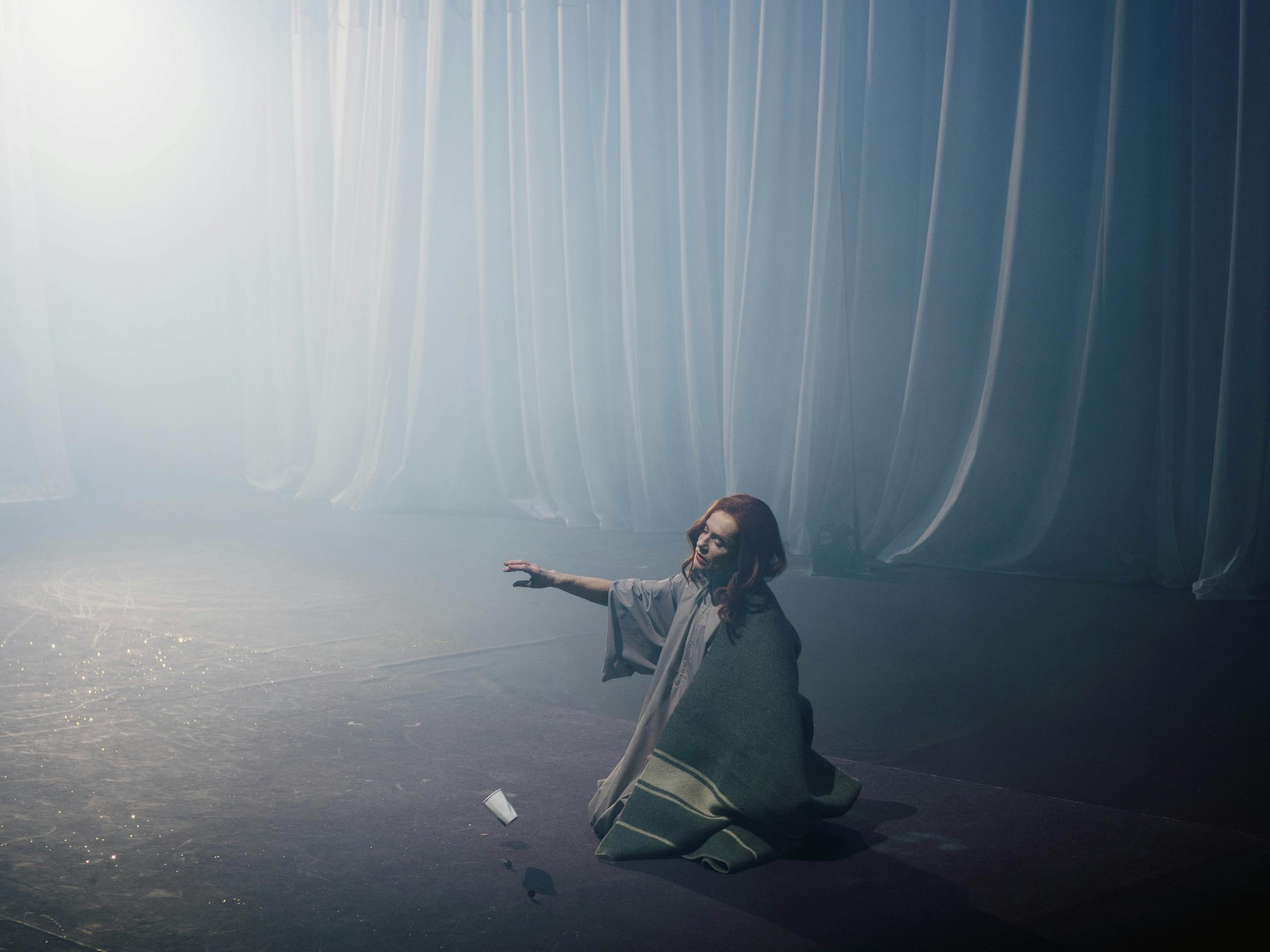
Bérénice
Da Jean Racine
Romeo Castellucci
ITALIAN PREMIERE
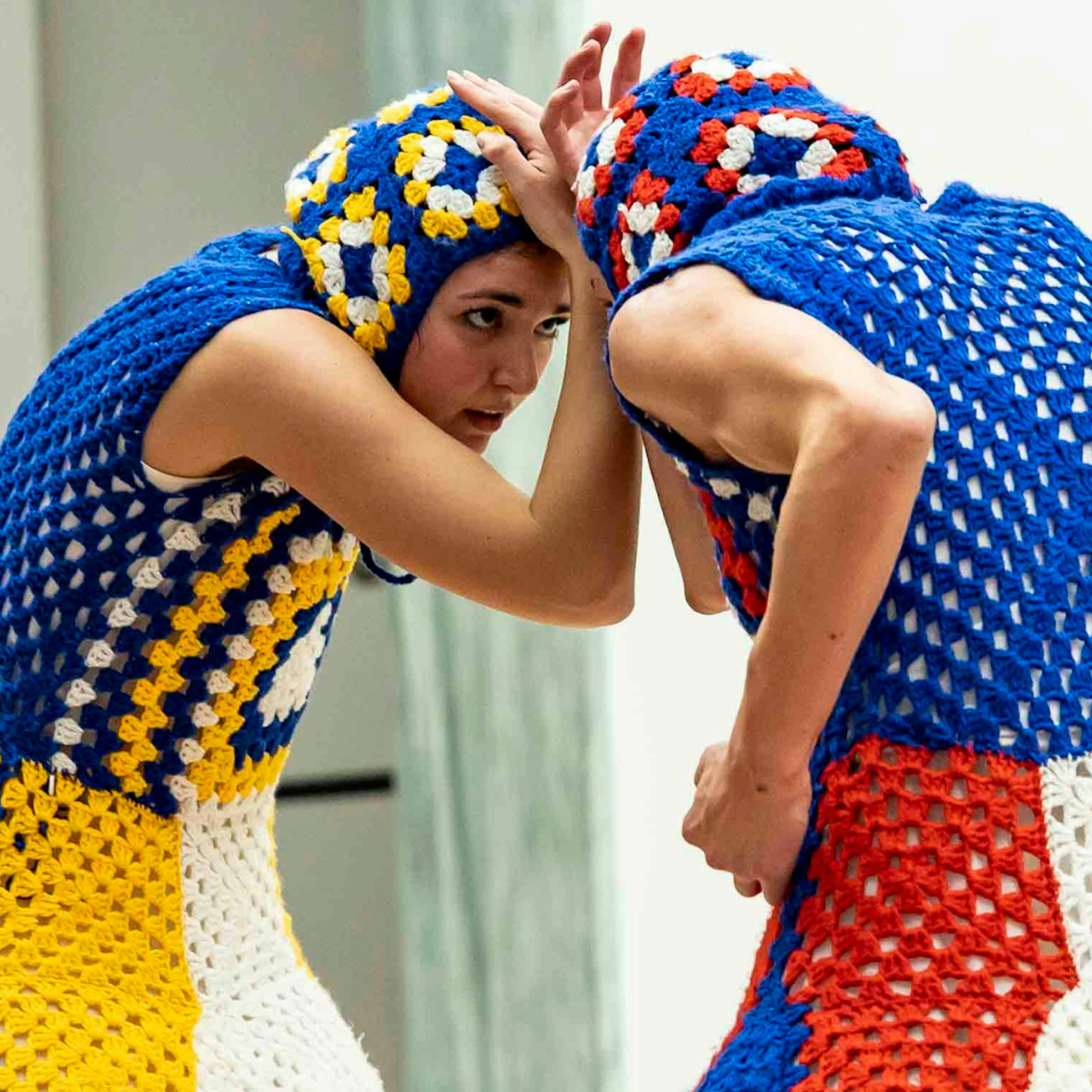
Adriano Bolognino, Come neve, photo by Lorenza Daverio
In the FOG Performing Arts Festival performances, we have encountered female characters with stories of tragic outcomes and stormy pasts. Dramatic fates, tales of labor and toil, totalizing and devoted loves that result in extreme acts of sacrifice. Who are these women, and what are their stories?
Stories are dangerous because, when well-told, they eclipse the ego: not in the sense that they cancel it but that they absorb and swallow it into the collective experience of performance. Stories, writes Jonathan Gottschall, are simply captivating ways of structuring information: a narrative always says something about the world—something real and longed-for, twisted yet tragically true. This is even truer in theater: things are shown but not stated, counting on reappropriation by the audience and on the emotional dramatization.

Muta Imago, Tre sorelle, foto di Lorenza Daverio
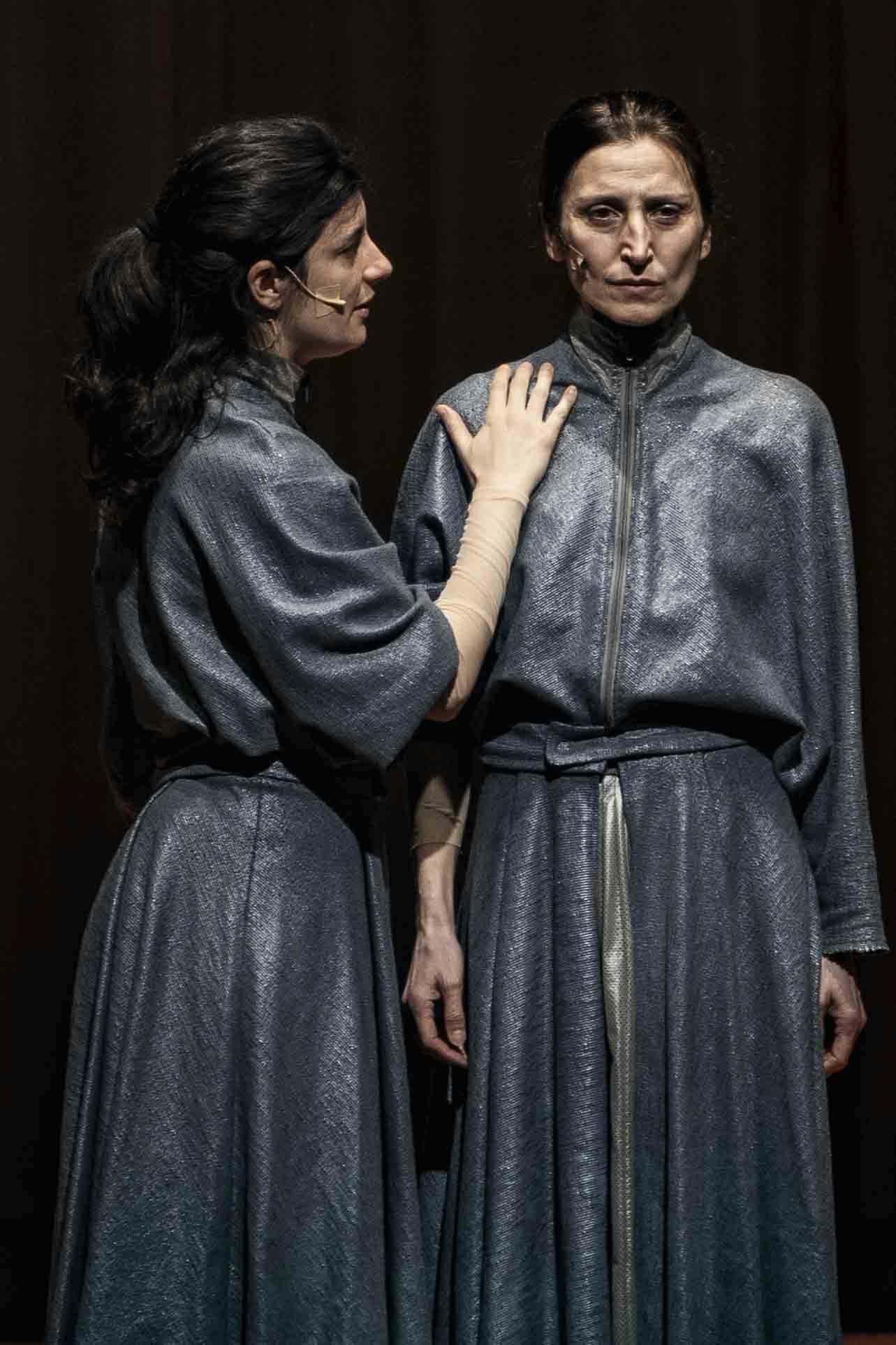
Muta Imago, Tre sorelle, foto di Lorenza Daverio
Reviewing the stories about women told in the 2024 edition of FOG, one perceives a certain courage on the part of the male and female authors in addressing female characters with such tragic outcomes and stormy pasts. There are dramatic fates defined by violence and rape, tales of work and toil and of all-consuming, devoted loves that result in extreme acts of sacrifice.
One thinks of Carolina Bianchi’s brides, the patient hands of Adriano Bolognino’s weavers, the revisited Salomè, the three Chekhovian sisters and Berenice by Racine—characters far removed from the maternal and princely sanctity of the heroines of traditional narratives. These women have no happy stories and no presumption to teach anything. Feeding the bias of negativity inherent in the psychological narrative structure, they generate potential anomie; they have no edifying ambitions. Contrary to the classical ethos of stories that serve to reinforce community, the heroines in these narratives are potentially antisocial—tigers, not princesses. They bite, destroy, slash and complain, and then they patiently reconstruct past memories and inherited traditions; they assemble the remains with their magic because, unlike women in lyric poetry or classical epics, they are driven by an overwhelming survival instinct.
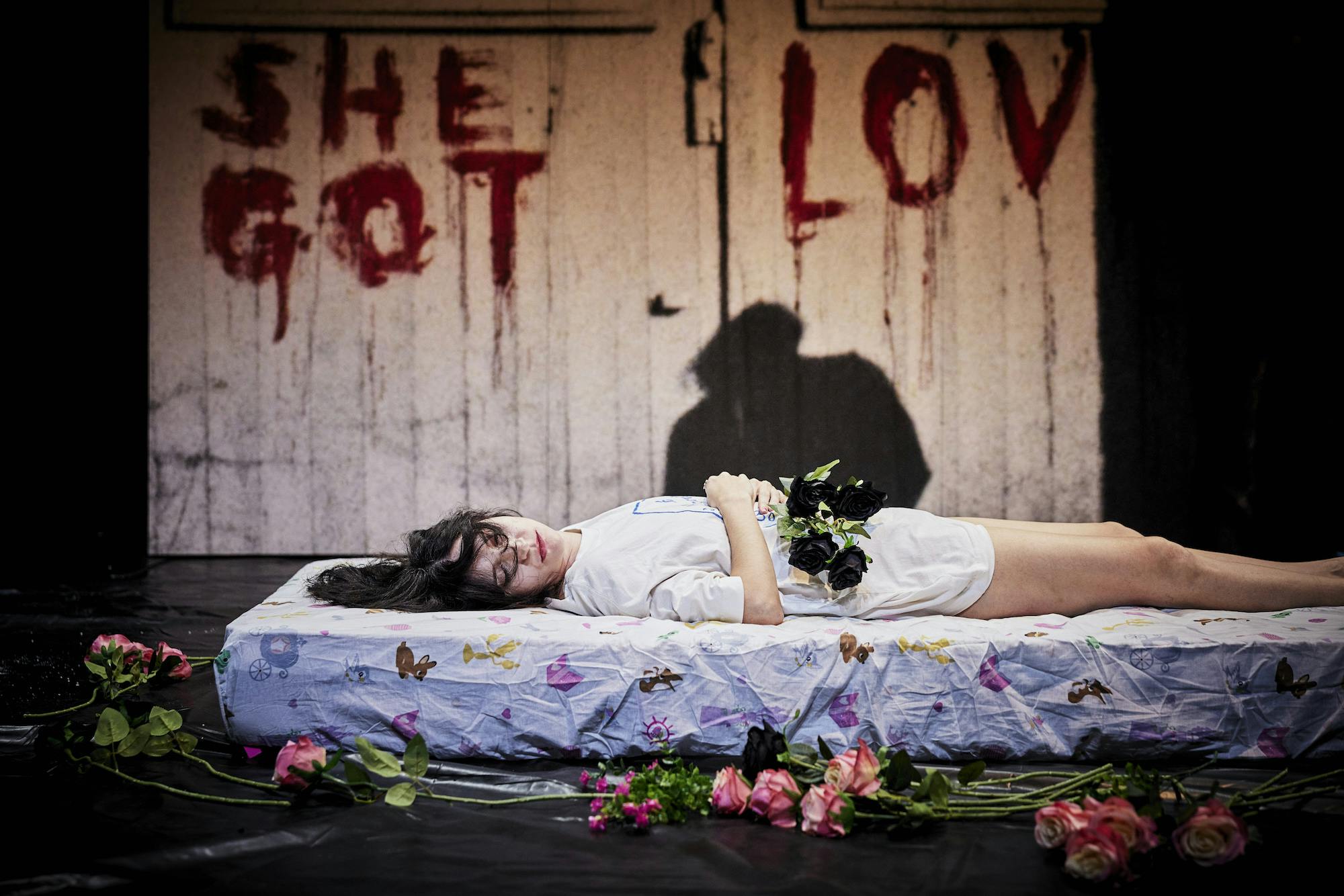
Carolina Bianchi, Trilogia Cadela Força – Capitolo I La Sposa e Buonanotte Cenerentola, foto di Christophe Raynaud de Lage
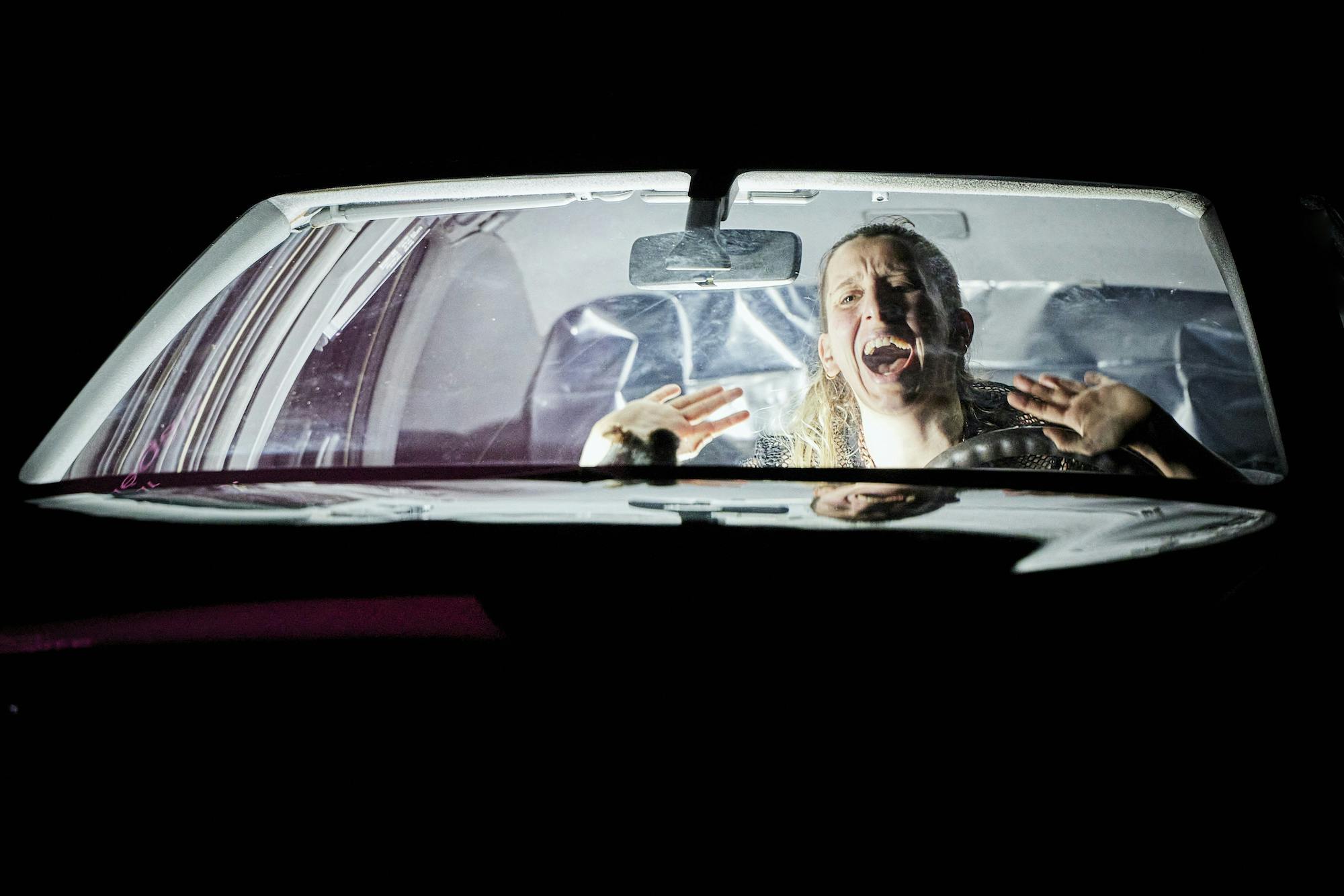
Carolina Bianchi, Trilogia Cadela Força – Capitolo I La Sposa e Buonanotte Cenerentola, foto di Christophe Raynaud de Lage
In this way, storytelling is a decisive tool to restructure narratives about the self and those perceived as similar. The FOG anti-heroines subvert good and evil; they circumvent ethos and never beg for empathy, claiming both love and hate. For the women raped in Brazil, virtue and forgiveness are luxuries. For the Jewish Salomè, dancing means claiming free will with respect to her inherited identity as a daughter. There is patient handicraft and the product which, in a Hegelian sense, make the hand not a mere tool of the spirit but its very action. Then there are Ol'ga, Maša and Irina, Electra’s supposed daughters, who claim the right to yearning and dissatisfaction, and Berenice, who, with her cry, longs to be seen, and, by insisting on a response, is demanding acknowledgment of her voice.

madalena reversa, Salomè, photo by Lorenza Daverio
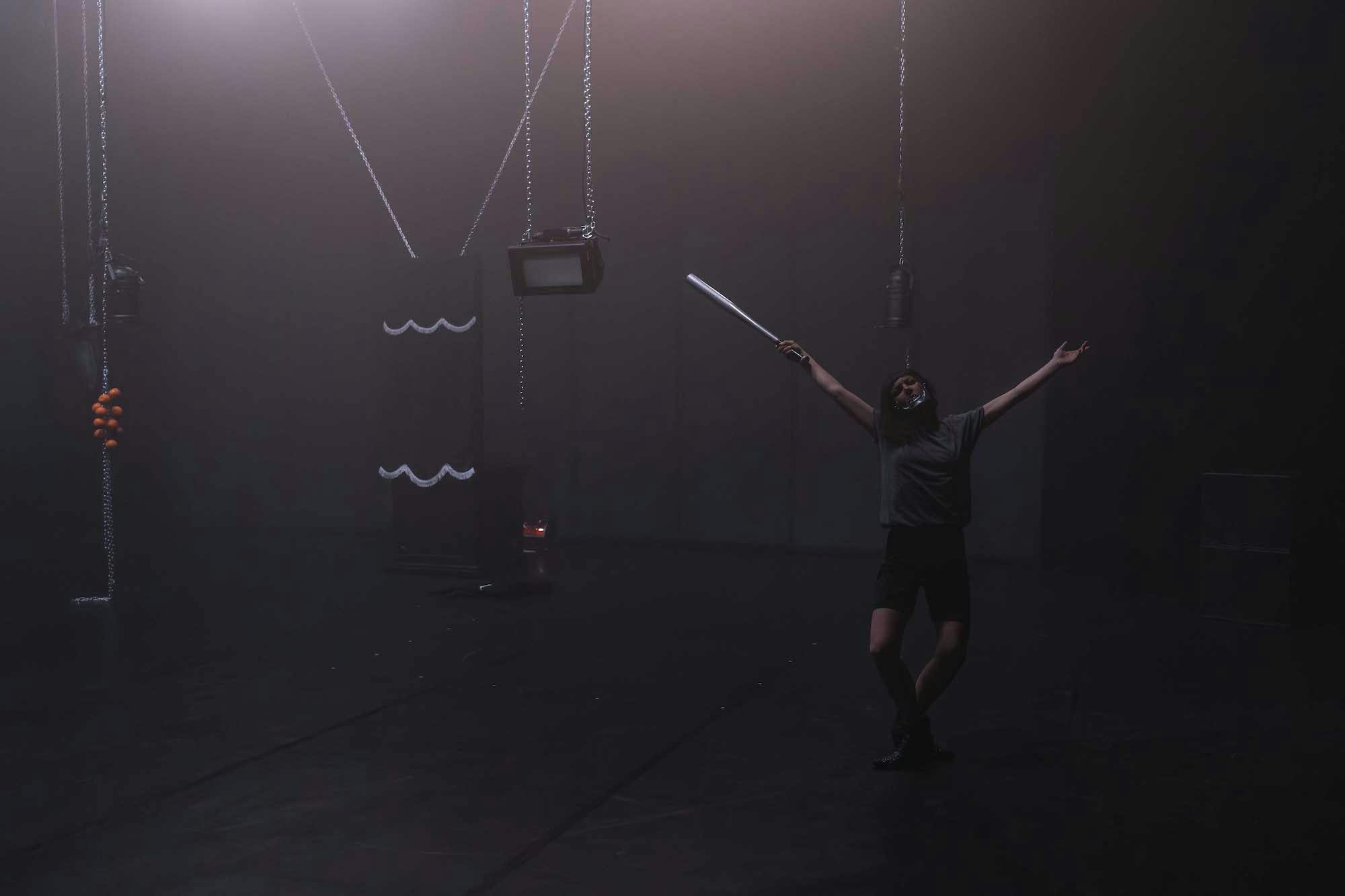
madalena reversa, Salomè, photo by Lorenza Daverio
The women of FOG are represented as only creatures of pure, indomitable love can be, where love is actually the unrestrained joy of living by one’s own rules in a world regulated by others. They are not “good girls”; they are unruly and noisy, their thoughts pitiless but lively. They are capable of irony, of being creators of life and nihilists at the same time. They cry even if their make-up is messy and their clothes rumpled; the decomposition of their pearly bodies, their intentional unraveling, is disturbing and skews the story which, until that moment, had belonged to others.
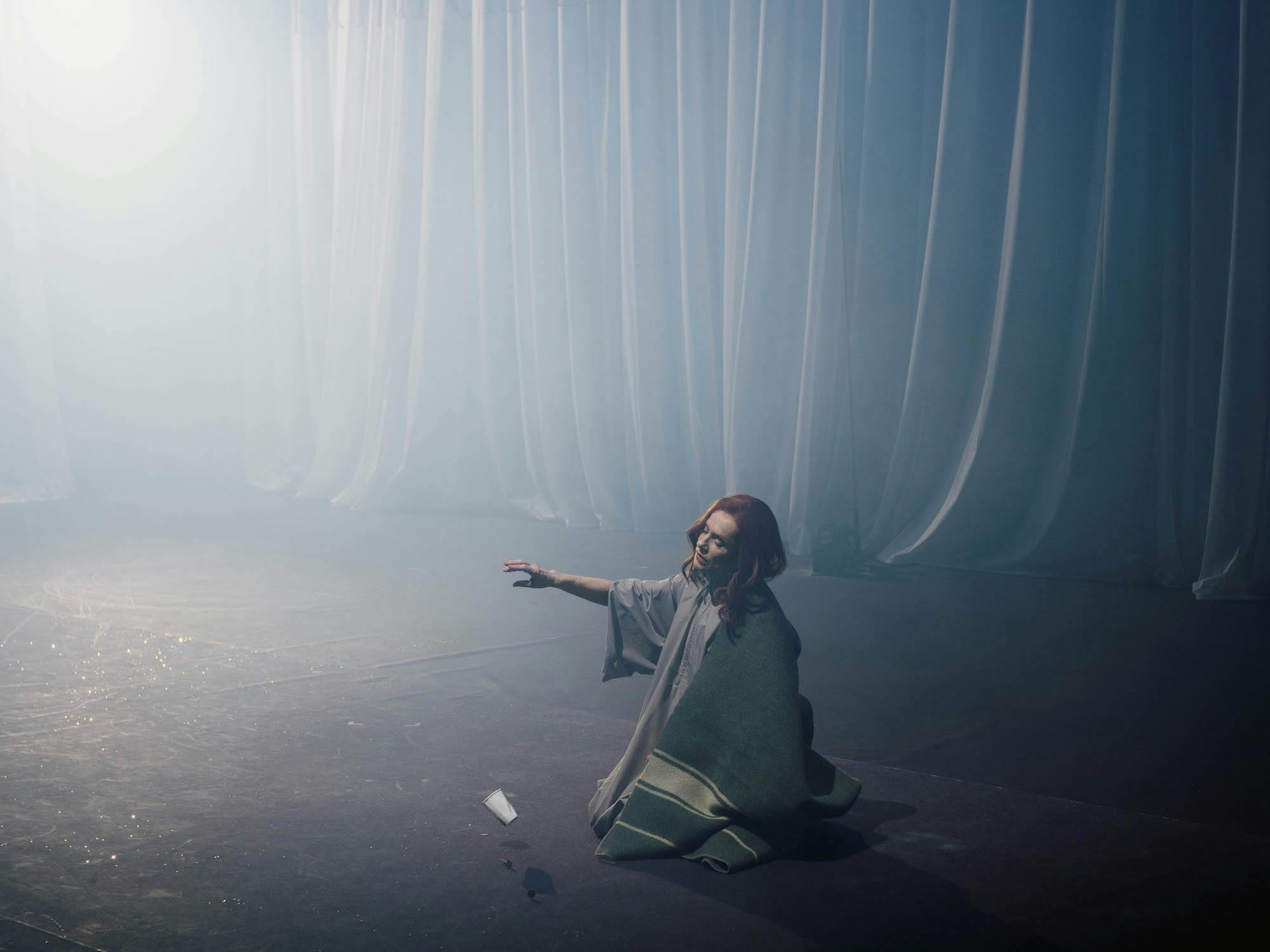
Romeo Castellucci, Bérénice. Da Jean Racine, photo by Alex Majoli
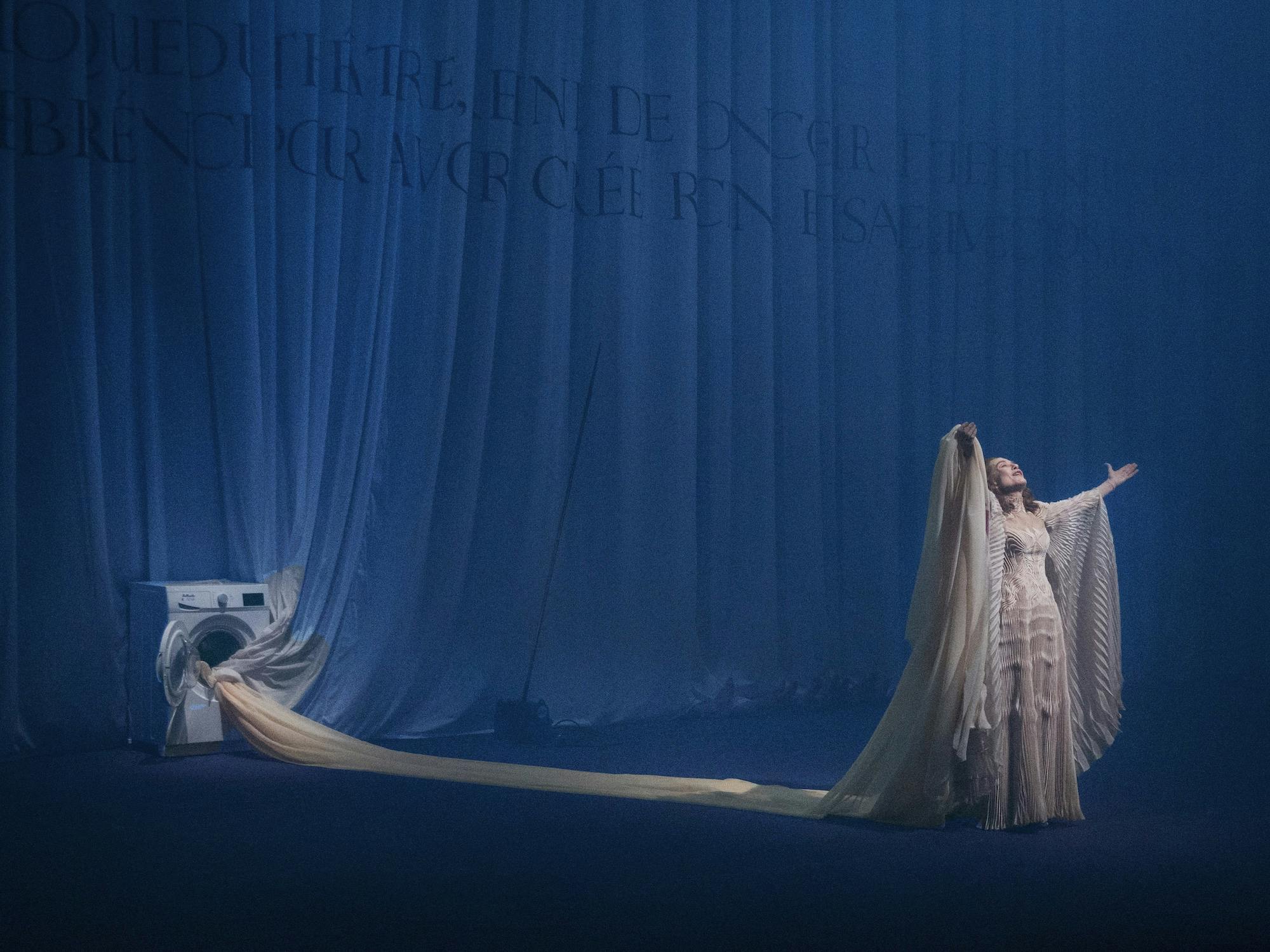
Romeo Castellucci, Bérénice. Da Jean Racine, photo by Alex Majoli
From this narrative simulation arises a principle of truth to deconstruct the model on whose basis the feminine has always acted. Instead, even in suffering, the monstrous electric feminine declares her own subjectivity. Even in acceptance and sub-order, Irina and Berenice and Salomè remain, resist and exist: begging for love, undermining established practices, reacting to the debacle. They are “the bad guys”, the foxes, the sparrows and she-wolves, hedonistically slave to desire and well aware of being so. On the stage, we see them beseech and seduce, command and succumb.
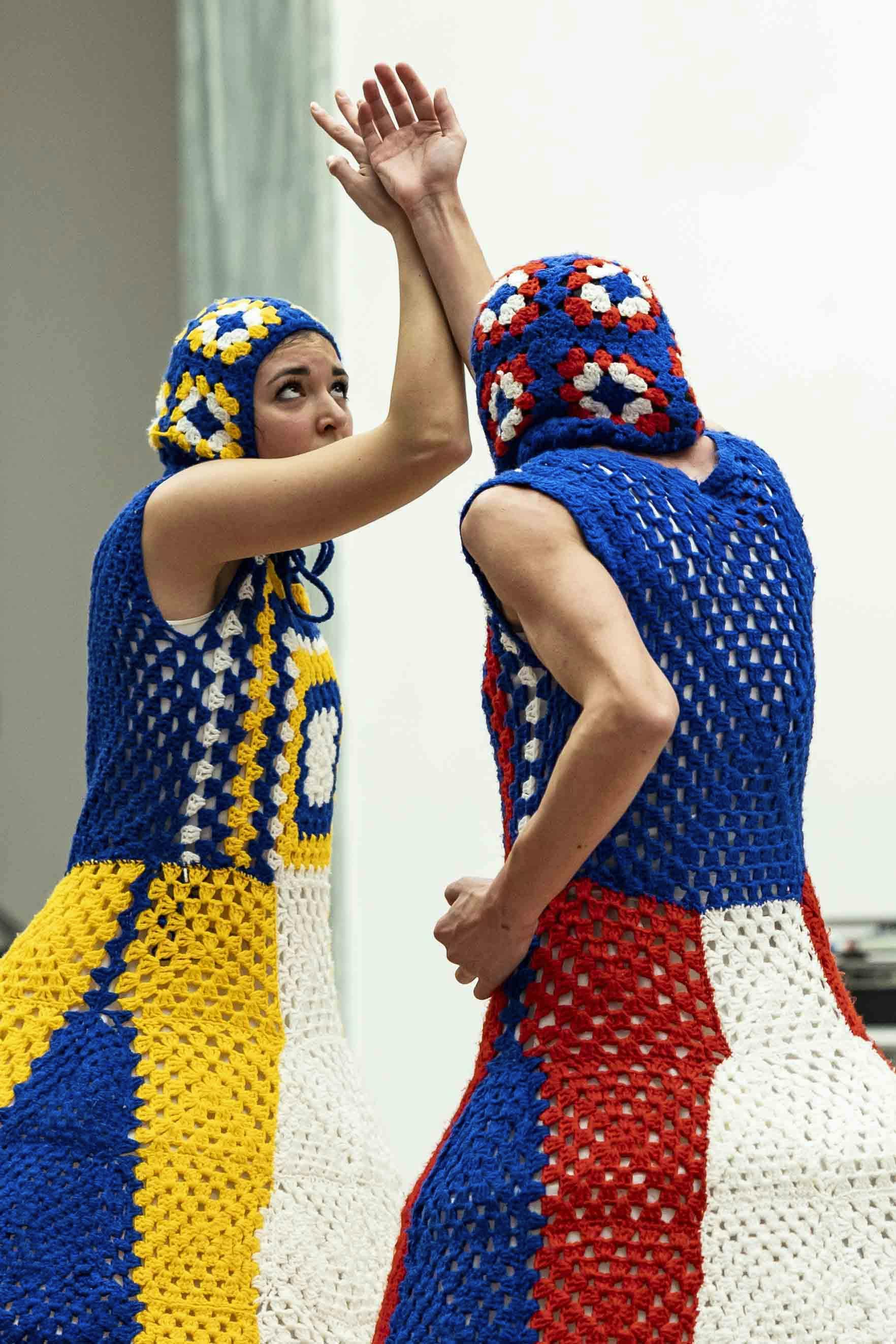
Adriano Bolognino, Come neve, photo by Lorenza Daverio
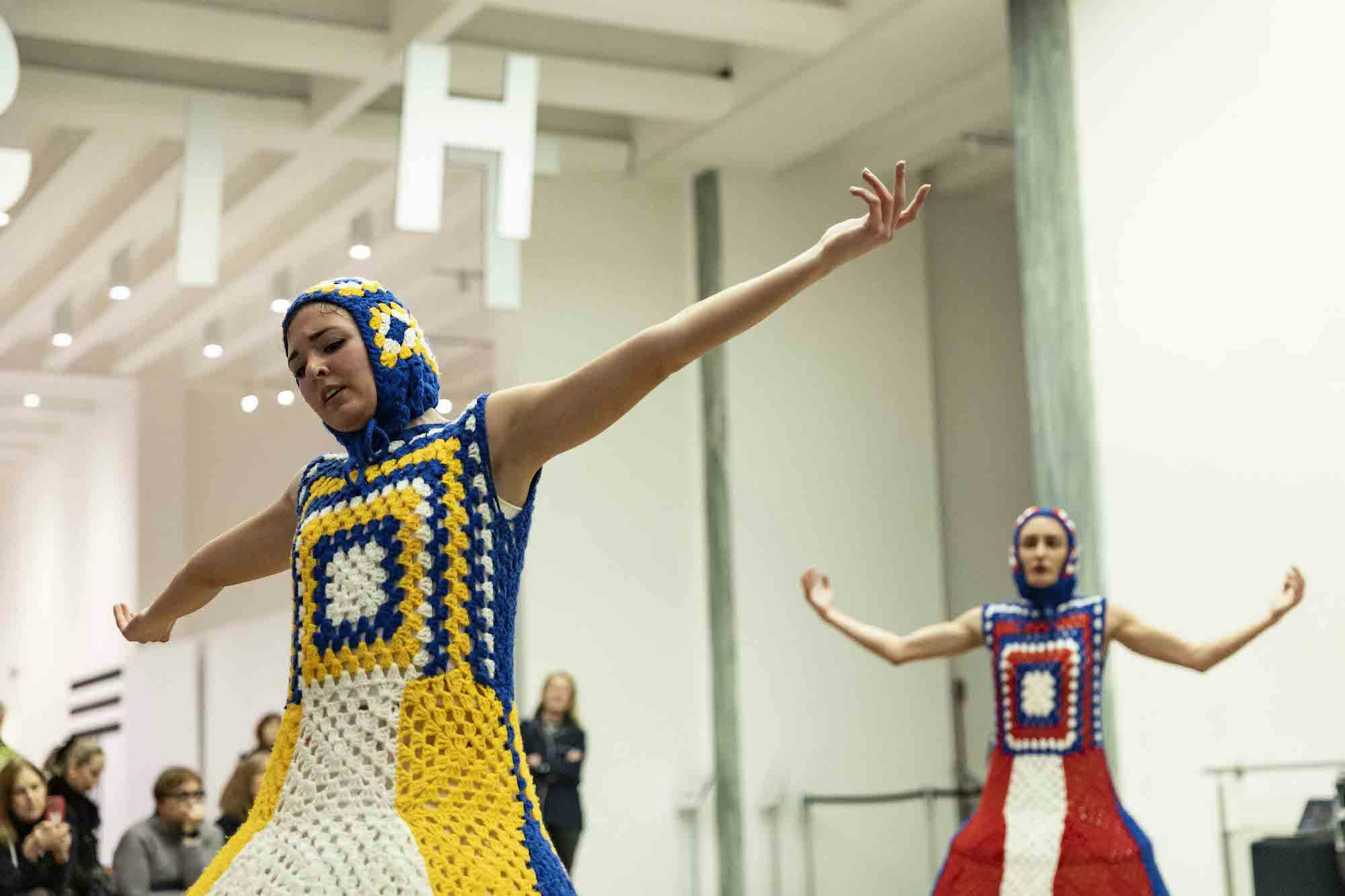
Adriano Bolognino, Come neve, photo by Lorenza Daverio